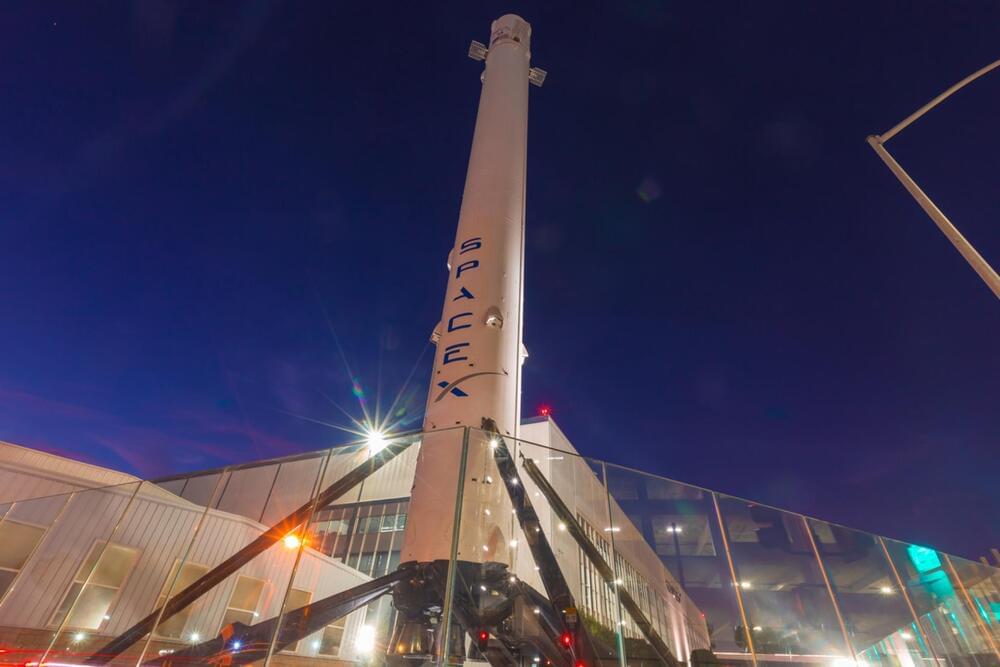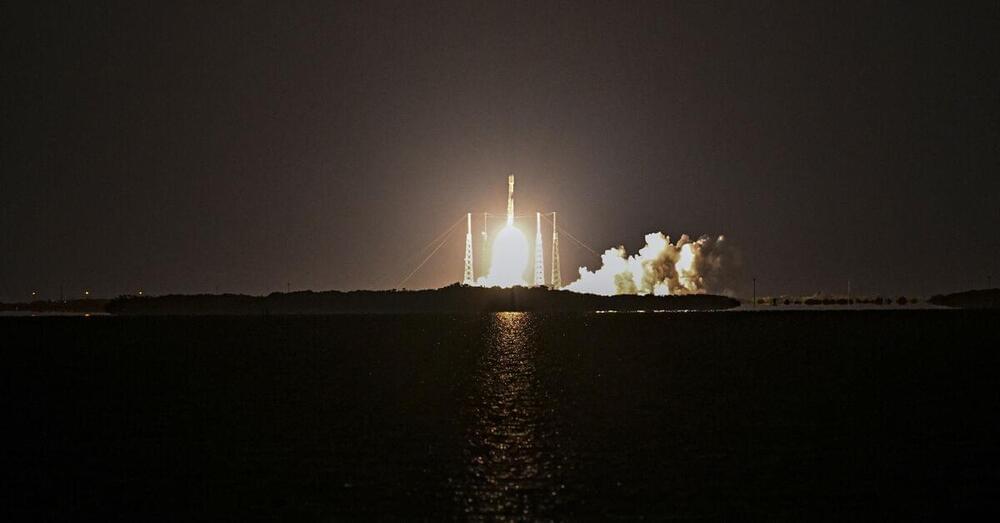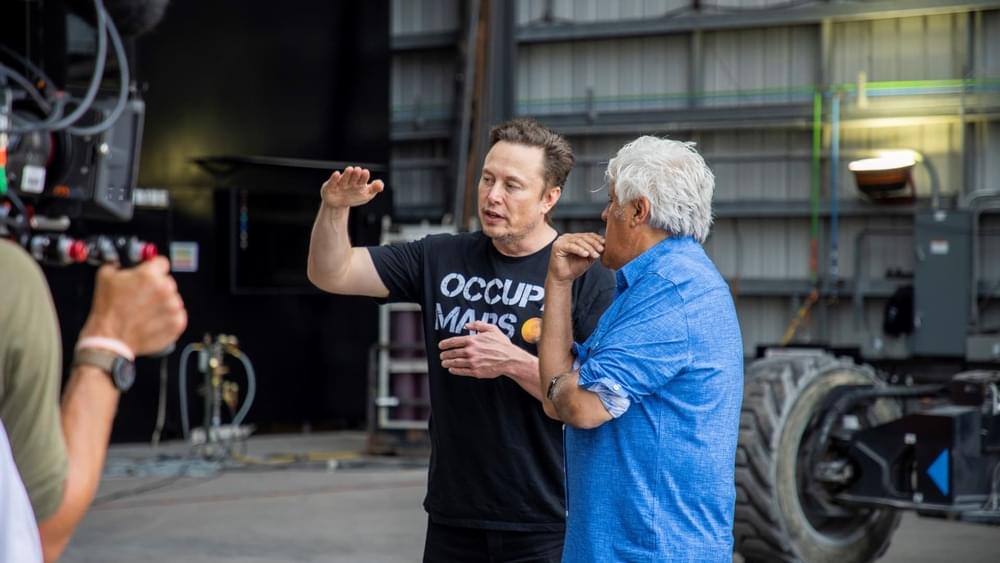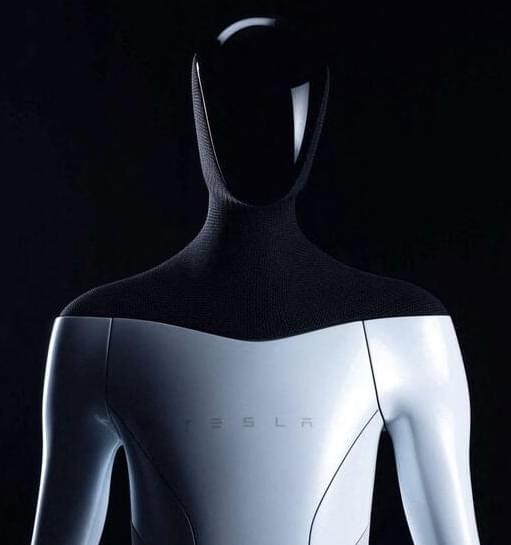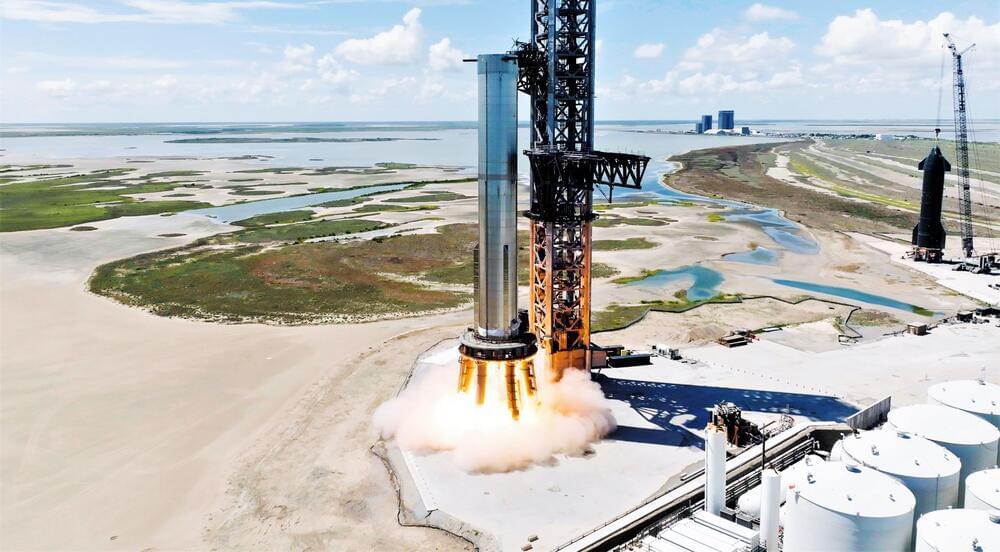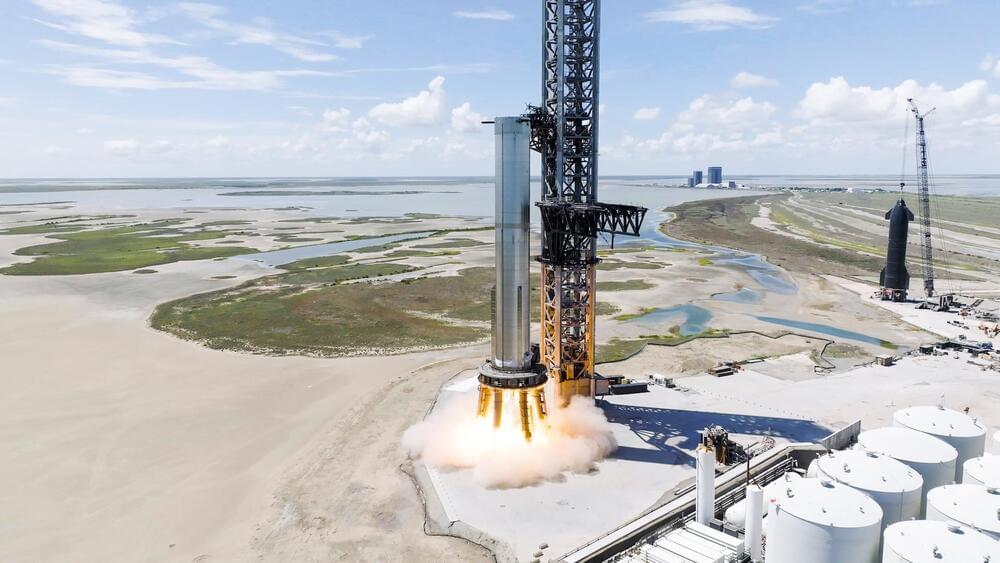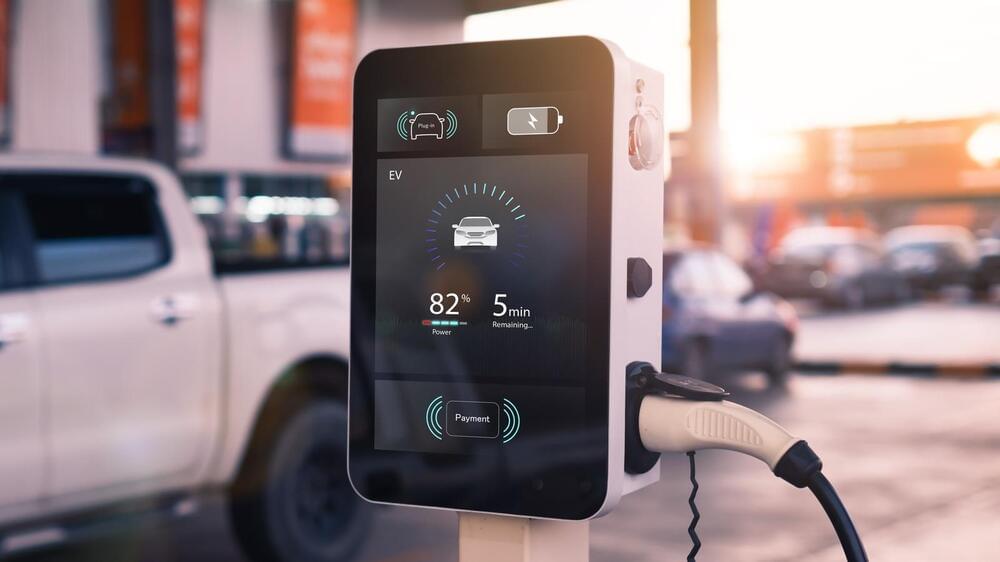Do humanoid robots have a future? As Elon Musk demonstrates a humanoid robot, we explore Engineered Arts — a humanoid robot factory with the creator of a highly realistic looking robot. Experts analyse Musk’s proposals so far, looking at how these robots could become a reality.
#humanoid #humanoidrobot #robotics #robot #technology #tech.
Produced and directed by Tom Hannen. Additional filming by Richard Topping, Nicola Stansfield, and Horacio Jones.
See if you get the FT for free as a student (http://ft.com/schoolsarefree) or start a £1 trial: https://subs.ft.com/spa3_trial?segmentId=3d4ba81b-96bb-cef0&…efd6ef2132.
► Check out our Community tab for more stories on the economy.
► Listen to our podcasts: https://www.ft.com/podcasts.
► Follow us on Instagram: https://www.instagram.com/financialtimes’
